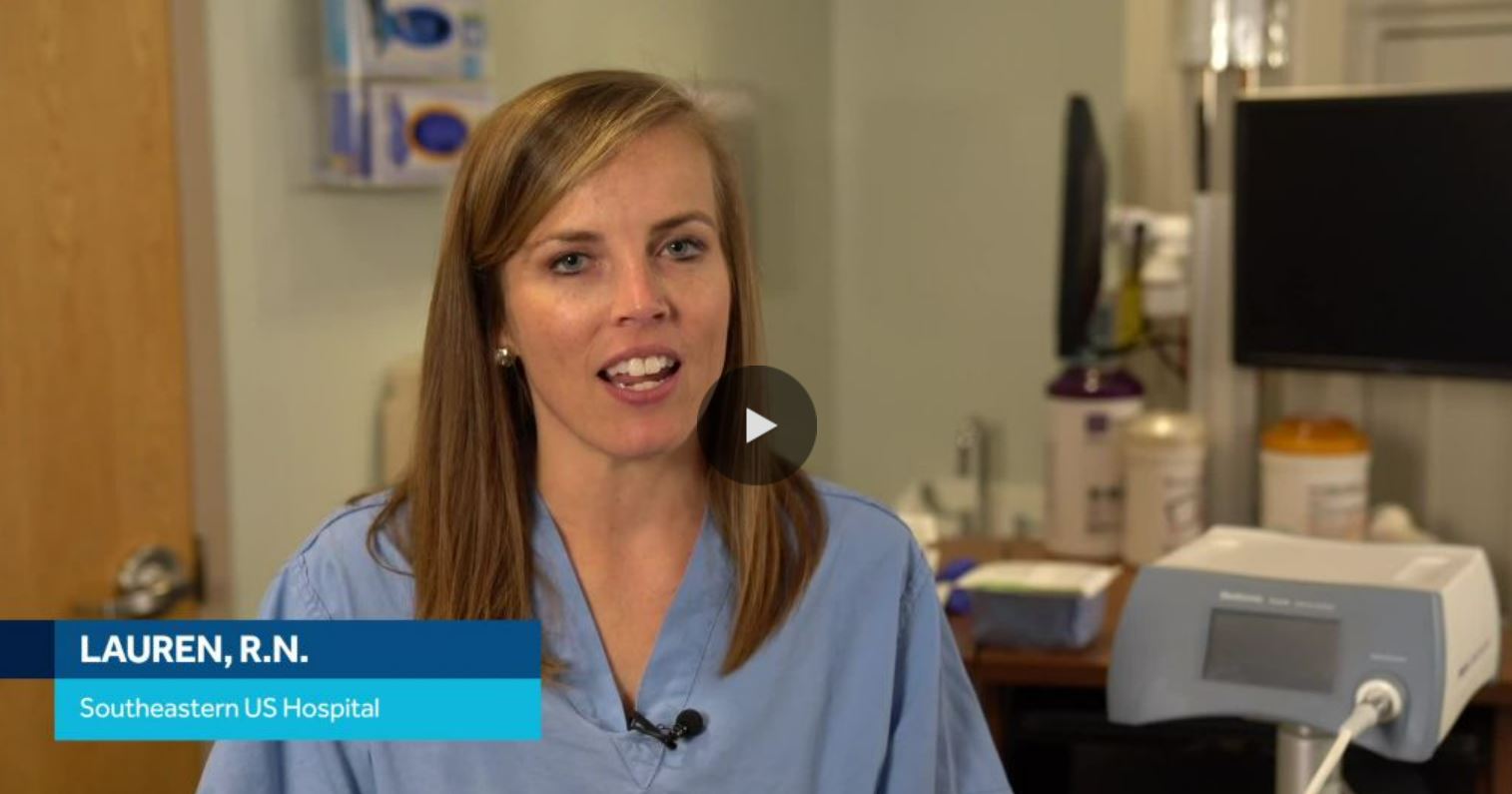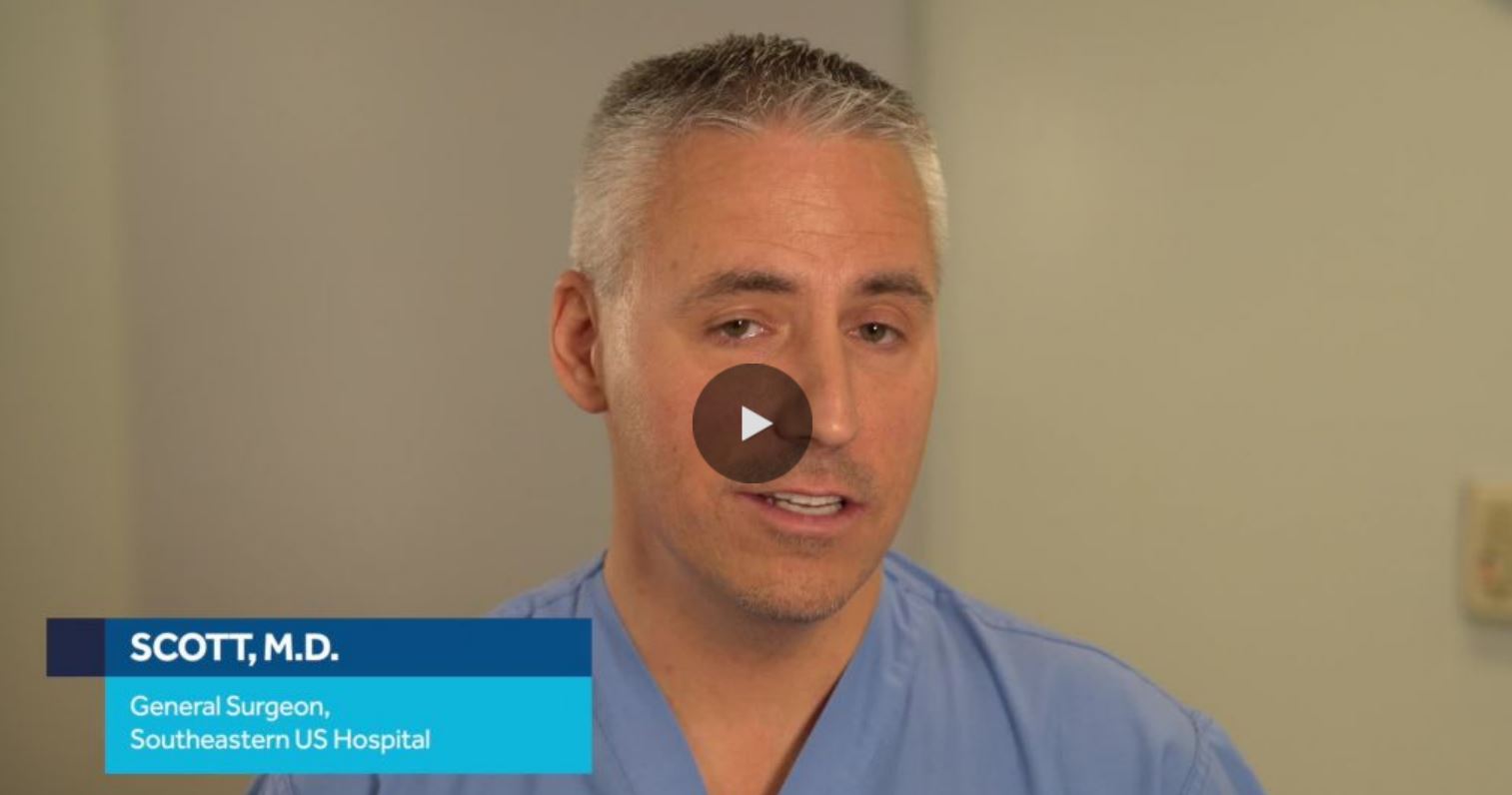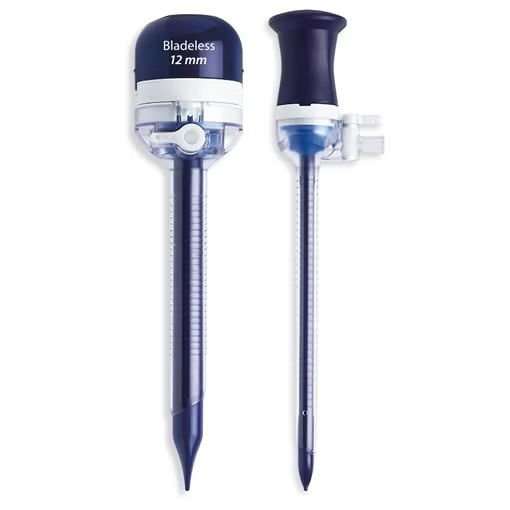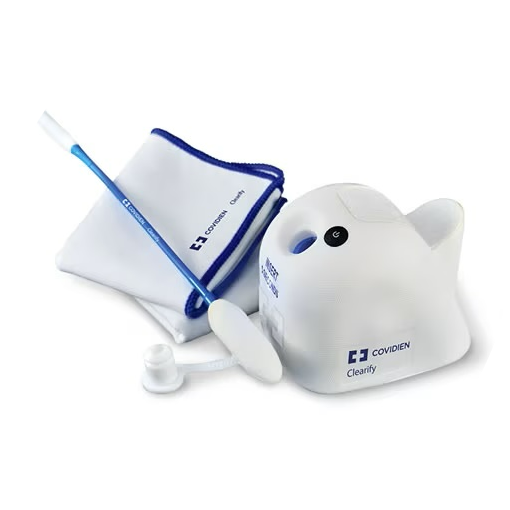Stick to the essentials of OR safety
Everything you need to maintain a safe and efficient OR — in one place.
Situate™ detection system
Simplify OR safety
Retained surgical sponges present significant clinical and economic dangers:
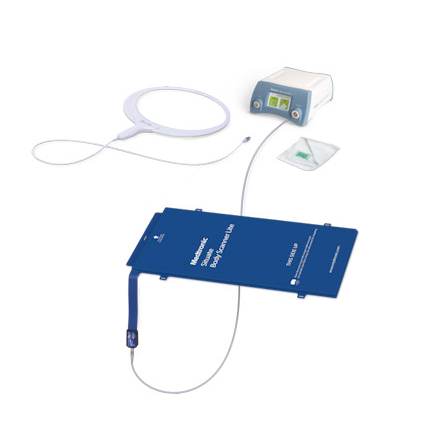
69%1,†
of retained surgical
items are sponges
Retained items occur
39x2,‡
per week in the U.S
Retained items
100x3
MORE LIKELY
if there’s a count discrepancy
Retained items can cost
$440K+4
in reimbursements
and legal costs
The Situate™ detection system accurately and reliably detects tagged sponges with 100 percent sensitivity and specificity.5,§ And it does so in less time than manual counts.6,Ω
See what your peers are saying
Valleylab™ smoke evacuation portfolio
Protect your patients — and team from surgical smoke
Surgical smoke creates a number of dangers in the OR:
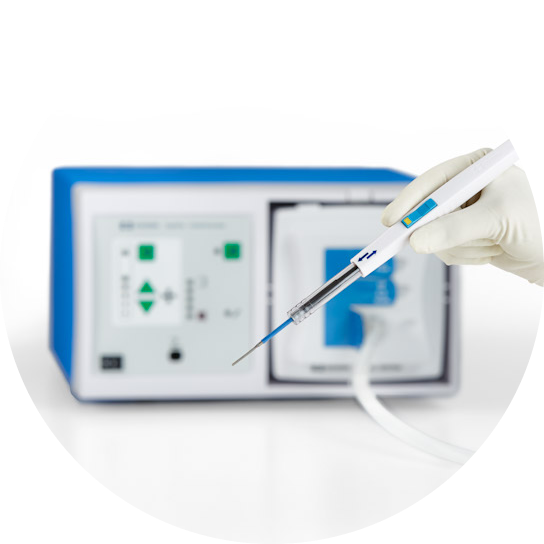
The daily amount of surgical
smoke can equal up to
27–30
UNFILTERED CIGARETTES7
Surgical smoke contains
150+
HAZARDOUS CHEMICALS8
Nurses experience
2x
MORE RESPIRATORY ISSUES9
than the general population
Built on 50 years of innovation, the Valleylab™ smoke evacuation portfolio can help keep your patients — and your team — safe from surgical smoke.

Let’s help keep your OR clear of dangers. Together.
AORN Go Clear Award™ Program
We’ve partnered with the Association of periOperative Registered Nurses (AORN) to raise awareness about the dangers of surgical smoke. Start your journey toward a clear OR — today.
Product Information
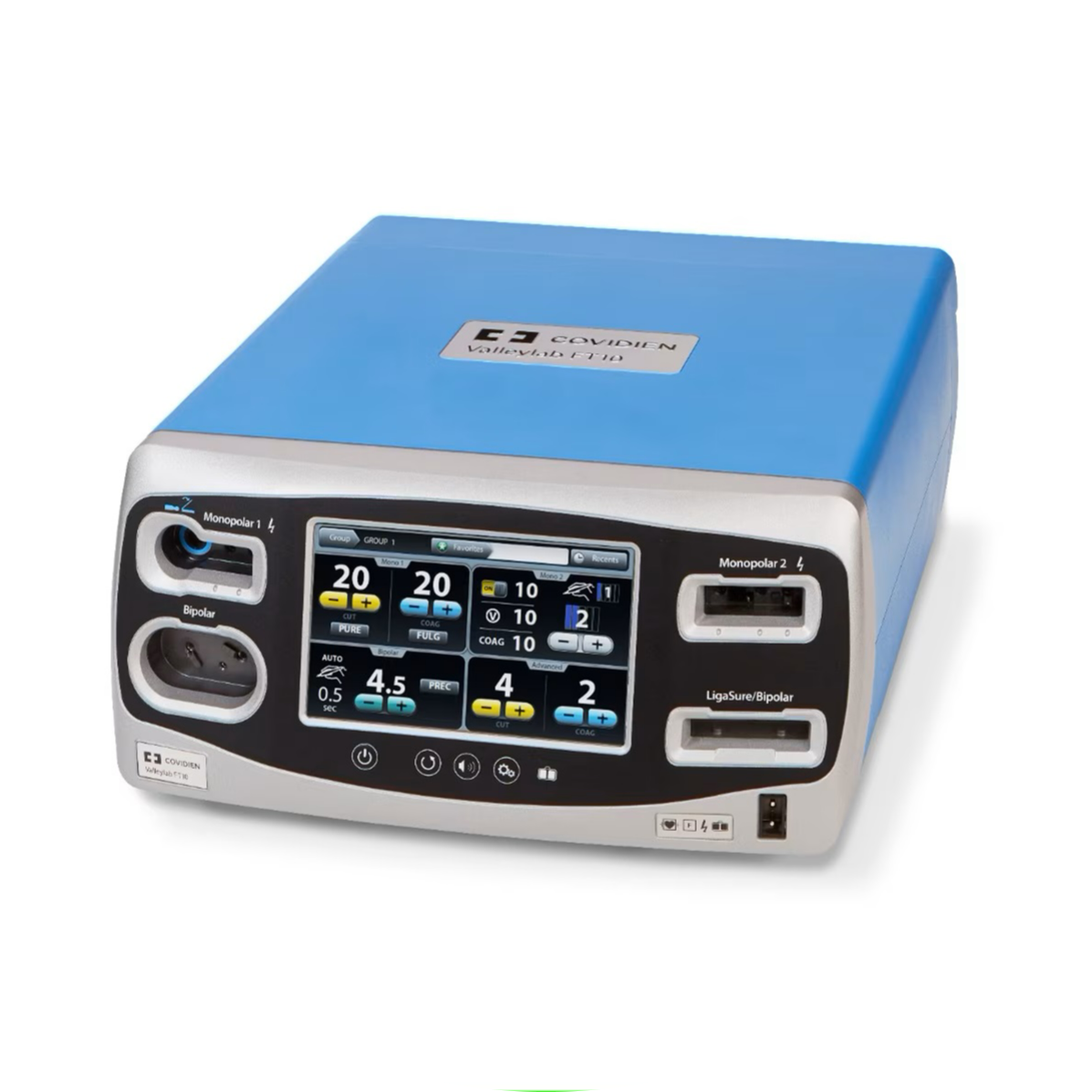
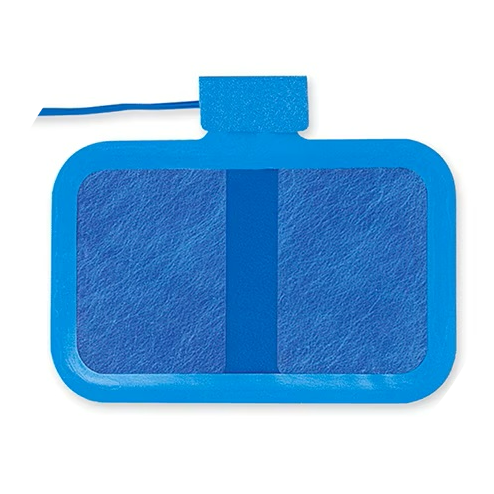
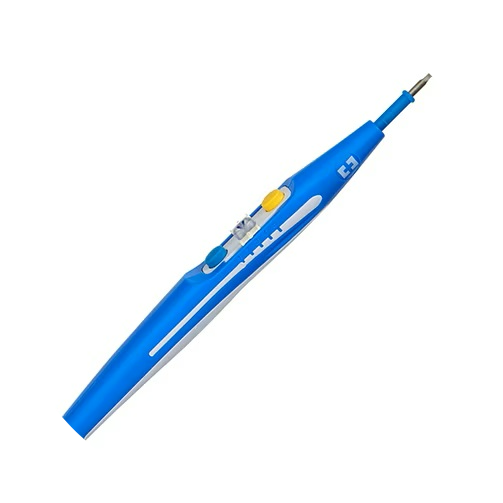
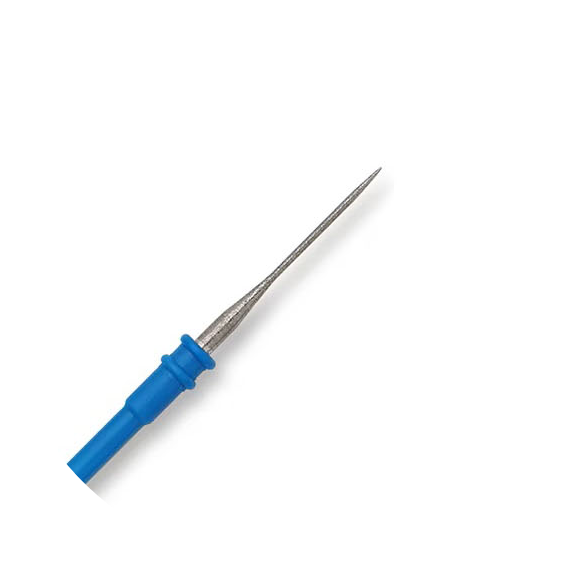
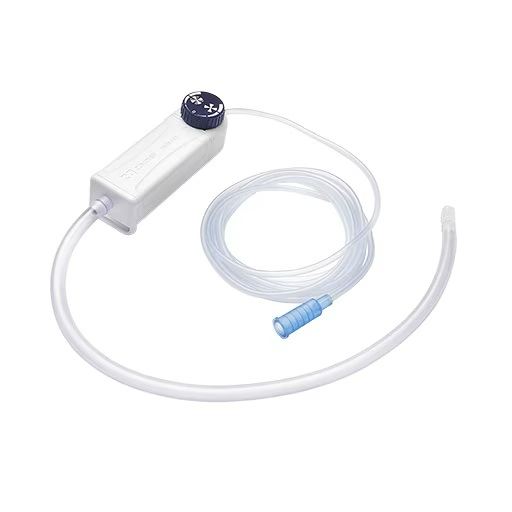
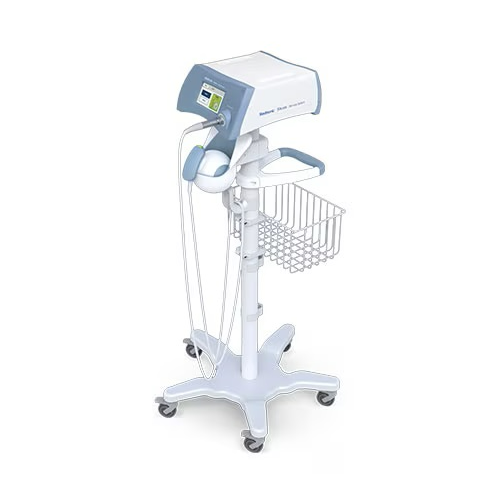
Need help getting started?
Contact us.
†In a study including 54 patients with a total of 61 retained foreign bodies, 37 (69%) were sponges.
‡Out of 4,082 annual surgical never claims in the US, 2,024 are retained foreign bodies
§ When used in accordance with operating instructions as demonstrated by one study. Specific circumstances such as high BMI patients or external interference requires additional operating instructions. Please refer to the device IFU.
Ω The Situate™ detection system is an adjunct to manual counting.".Shear pull test performed in synthetic foam. Results may not correlate to performance in animalor cadaveric tissue, or performance in humans.
††Per-case savings over SecureStrap™* and Sorbafix™*. Per-case savings when 30-60 tacks are needed.
1. Gawande AA, Studdert DM, Orav EJ, Brennan TA, Zinner MJ. Risk Factors for Retained Instruments and Sponges after Surgery. New England Journal of Medicine 2003;348(3):229–235.
2. Mehtsun WT, Ibrahim AM, Diener-West M, Pronovost PJ, Makary MA. Surgical never events in the United States. Surgery. 2013;153(4):465–472.
3. Greenberg CC, Gawande AA. Beyond Counting: Current Evidence on the Problem of Retaining Foreign Bodies in Surgery? Annals of Surgery. 2008;247(1):19–20.
4. Williams TL, Tung DK, Steelman VM, Chang PK, Szekendi MK. Retained surgical sponges: findings from incident reports and a cost-benefit analysis of radiofrequency technology. J Am Coll Surg. 2014;219(3):354–364.
5. Steelman VM. Sensitivity of detection of radiofrequency surgical sponges: a prospective, cross-over study. The American Journal of Surgery 2011;201:233–237.
6. Rupp CC, et al. Effectiveness of a radiofrequency detection system as an adjunct to manual counting protocols for tracking surgical sponges: a prospective trial of 2,285 patients. J Am Coll Surg. 2012 Oct;215(4):524–533.
7. Hill DS, O’Neill JK, Powell RJ, Oliver DW. Surgical smoke - a health hazard in the operating theatre: a study to quantify exposure and a survey of the use of smoke extractor systems in UK plastic surgery units. J Plast Reconstr Aesthet Surg. 2012;65(7):911–916.
8. Pierce JS, Lacey SE, Lippert JF, Lopez R, Franke JE. Laser-generated air contaminants from medical laser applications: a state-of-the-science review of exposure characterization, health effects, and control. J Occup Environ Hyg. 2011;8(7):447–466.
9. Ball K. Surgical smoke evacuation guidelines: compliance among perioperative nurses. J AORN. 2010 Aug;92(2):e1–e23.
©2023 Medtronic. All rights reserved. Medtronic, Medtronic logo and Engineering the Extraordinary are trademarks of Medtronic. All other brands are trademarks of a Medtronic company. 08/2023-US-SE-2300131-WF#9370224

Operational Headquarters 710 Medtronic Parkway, Minneapolis, MN 55432-5640 USA
©2025 Medtronic
